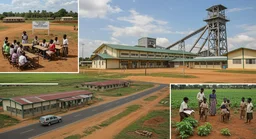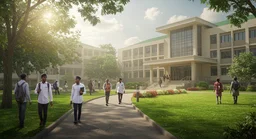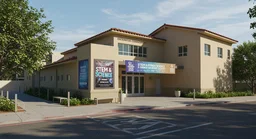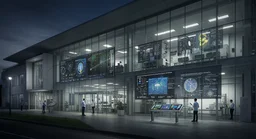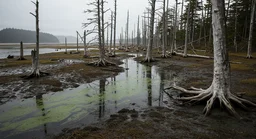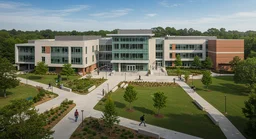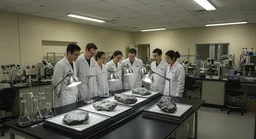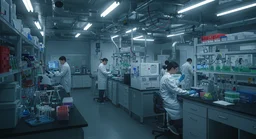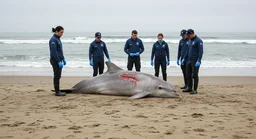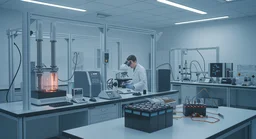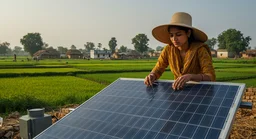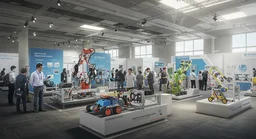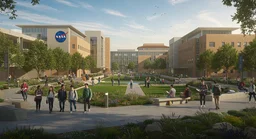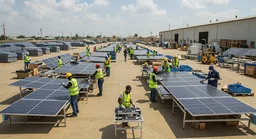The Link Between Aging, Telomeres, and Cancer: Insights into Genomic Instability
250 views
Aging, the inevitable passage of time etched into the very fabric of human existence, carries with it a silent burden: the gradual erosion of the body’s ability to repair itself. Among the myriad consequences of this biological decline, the weakening of DNA repair mechanisms stands as a stark reminder of the fragility of life. This deterioration, coupled with the shortening of telomeres—those tiny caps at the ends of chromosomes that protect genetic material—ushers in genomic instability, a harbinger of cancer. Layered atop this intrinsic vulnerability is the cumulative damage wrought by decades of exposure to carcinogens such as asbestos, tobacco smoke, and radiation, further amplifying the risk of cancer as the years advance.
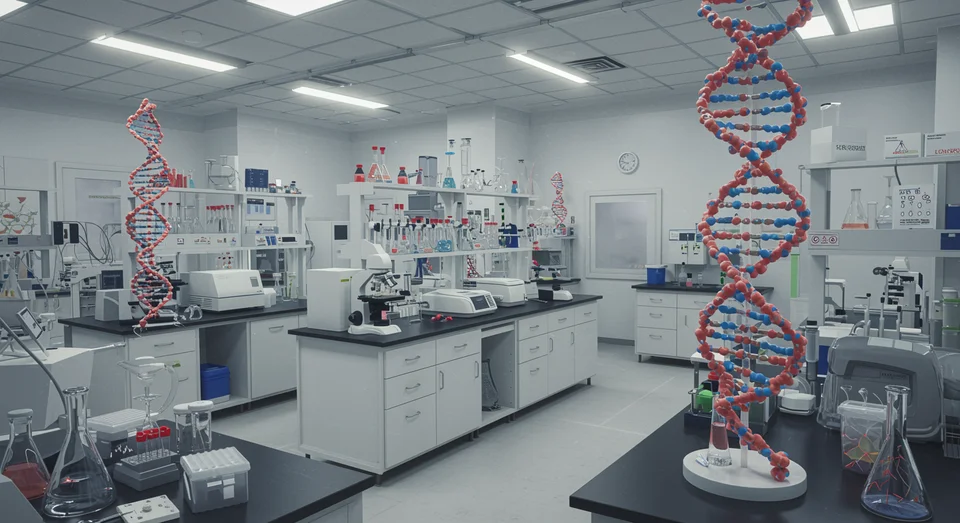
The Interplay of Aging and Cancer: A Closer Look
The science behind aging and its link to cancer reveals a complex interplay of cellular and environmental factors. Telomeres, often likened to the plastic tips on shoelaces, serve as guardians of genomic integrity. Each time a cell divides, these protective caps shorten, and with repeated divisions over a lifetime, they eventually wear down to a critical length. This process not only triggers cellular aging but also creates an environment ripe for genetic errors. Such errors can lead to mutations, some of which may set the stage for cancerous growth.
Adding to this intrinsic risk is the relentless accumulation of external damage. Carcinogens, whether inhaled through cigarette smoke, encountered in occupational settings like asbestos exposure, or absorbed from environmental radiation, leave indelible marks on DNA. These agents can initiate mutations or interfere with repair processes, compounding the vulnerabilities already present in aging cells. The result is a perfect storm of genomic instability, where the body’s defenses falter and the likelihood of malignancies increases.
Amid these scientific revelations, the importance of vigilance cannot be overstated. Recognizing potential cancer symptoms—be it unexplained fatigue, persistent lumps, digestive disturbances, or sudden weight changes—can make all the difference in catching the disease early. Routine screenings, tailored to age and risk factors, offer another critical line of defense. Colonoscopies, mammograms, and skin checks, among others, are invaluable tools in identifying cancer in its nascent stages, when treatment is most effective.
Accelerated signs of aging, such as loss of muscle mass or changes in skin texture, may also serve as subtle indicators of underlying health concerns. While these manifestations are often dismissed as normal aspects of growing older, they warrant attention, particularly when coupled with other symptoms. A proactive approach—seeking evaluation and care from healthcare providers—can uncover issues before they escalate and provide pathways to mitigate risks.
A Reflection on Aging’s Duality
Aging is both a testament to resilience and a reminder of vulnerability. It is a process that celebrates the accumulation of experiences and wisdom while simultaneously challenging the body’s ability to maintain its equilibrium. The link between aging and cancer underscores this duality, revealing the intricate balance between survival and susceptibility.
As science continues to unravel the mysteries of cellular aging and its impact on health, the focus on prevention and early detection remains paramount. Advances in genetic research, telomere biology, and environmental health offer hope for interventions that may one day slow the march of aging or mitigate its consequences. Until then, awareness and proactive care are our most potent tools in navigating the challenges posed by time’s relentless progression.
In the face of aging’s inevitability, the human spirit endures, adapting and striving to preserve health and vitality. By understanding the intersection of aging and cancer, society can empower individuals to take charge of their well-being, ensuring that the twilight years are not merely a period of decline but a time of resilience and renewal.


